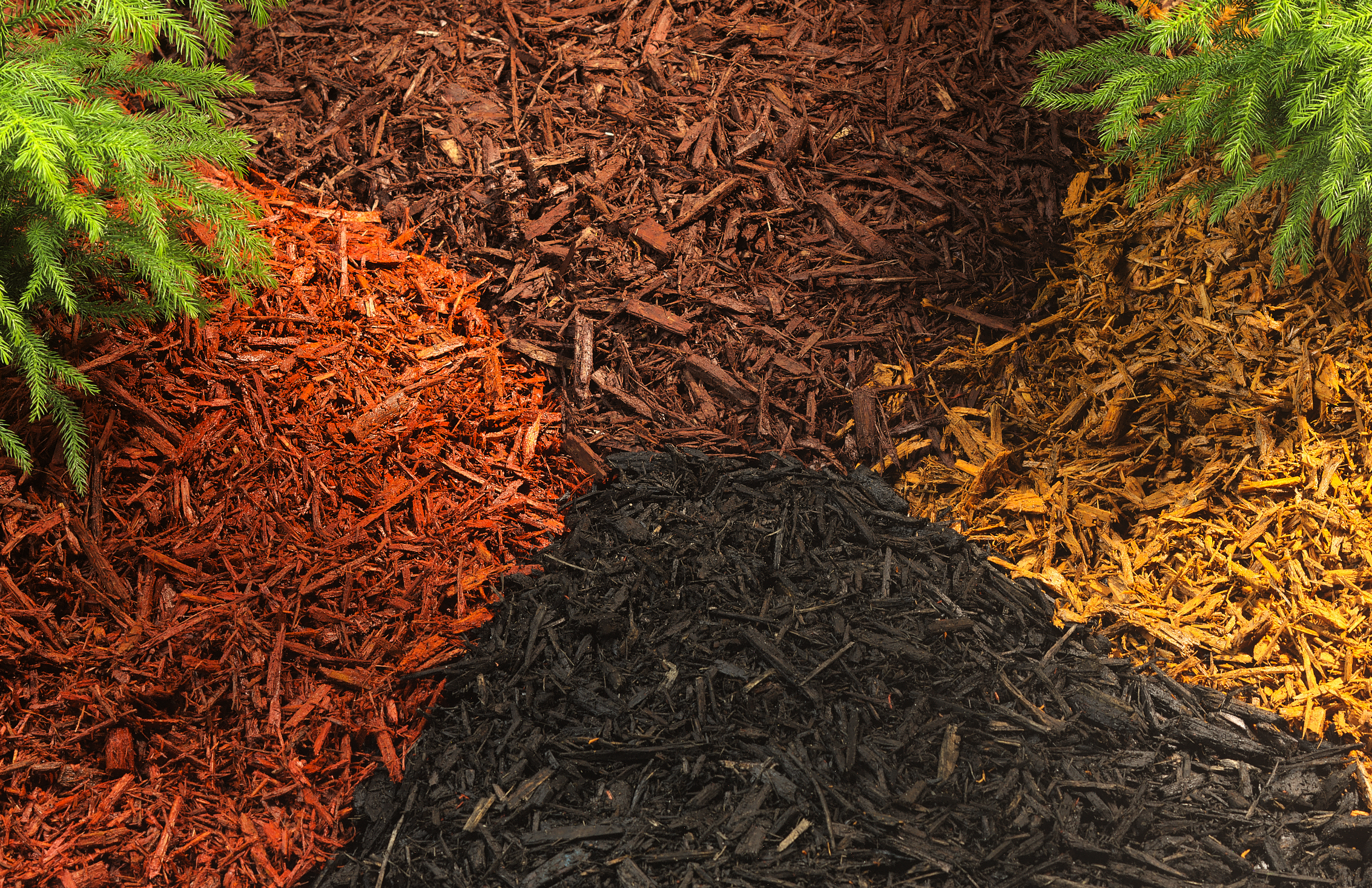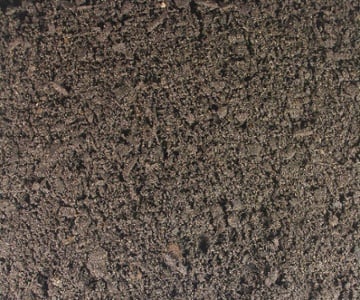Four things are required for plants to grow big and hardy: the proper amount of sunlight, the availability of water, enough nutrients, and oxygen. Without these four things, plants will struggle and in some cases, die. Out of those four growth factors, soil has an influence on three of them: water, nutrients, and oxygen. Soil is the place that plants live 24/7. It’s where they take root, weather the seasons, and absorb water and nutrients. To say that having the best soil for plants is important is an understatement. So, what is the best type of soil for plants?
Most homeowners assume water and sunlight are the only two factors that matter when trying to grow plants. Little thought is given to the soil type because dirt is dirt, right? Wrong. Soil varies greatly in composition, density, and structure. These differences can alter drainage, compaction, nutrient levels and what types of organisms live and grow in the soil.
There are three main types of soil: sand, clay, and silt. These soil types are characterized by their size, but can be identified by their moisture retention, texture, and flexibility. Each type is uniquely different in how they support the three growth factors or water, nutrients, and oxygen.

Sand
Sand particles are large with lots of space between each grain. Water and nutrients flow through easily but aren’t retained. Sandy soil doesn’t bind together well. Think of a beach or desert, very few plants grow there and the soil is susceptible to erosion. Because of these traits, sand is good for oxygen infiltration.
Clay
Clay particles are very small and close together. Clay is dense and sticky. It holds water very well but it’s also very dense. When clay dries out, it becomes hard and difficult to till. Many plants struggle in clay because of its poor drainage and dense nature that make it difficult for roots to break through the soil.
Silt
Silt particles are larger than clay but smaller than sand. It is often found suspended in water or deposited by streams. Silt is like clay in that it retains moisture but doesn’t allow much oxygen flow. Silt deposits can be very fertile and support lots of plant growth like the wetlands around the Mississippi River or rich farming near the Nile River in Egypt.
Best Soil For Plants, Loam:
The ideal blend of soil for plant growth is called loam. Often referred to as topsoil or black dirt by landscape companies, loam is a mixture of sand, clay, and silt. The estimated mixture is 40% sand – 40% silt – 20% clay. Loam is just the right mixture of all three that it holds nutrients well, retains water but still drains properly and allows oxygen to infiltrate.

WHERE TO GET BLACK DIRT
This is were Peterson Companies comes in. We produce several blends of black dirt that will fit all of your garden or landscaping needs. Click the button below to head over to our Landscape Supplies page to place an order for black dirt today! Want to see how loam is made? Check out our blog post covering that topic here - How Black Dirt is Made.
If you are unsure of what soils you are working with currently in your yard, try this soil survey by US Department of Agriculture.



